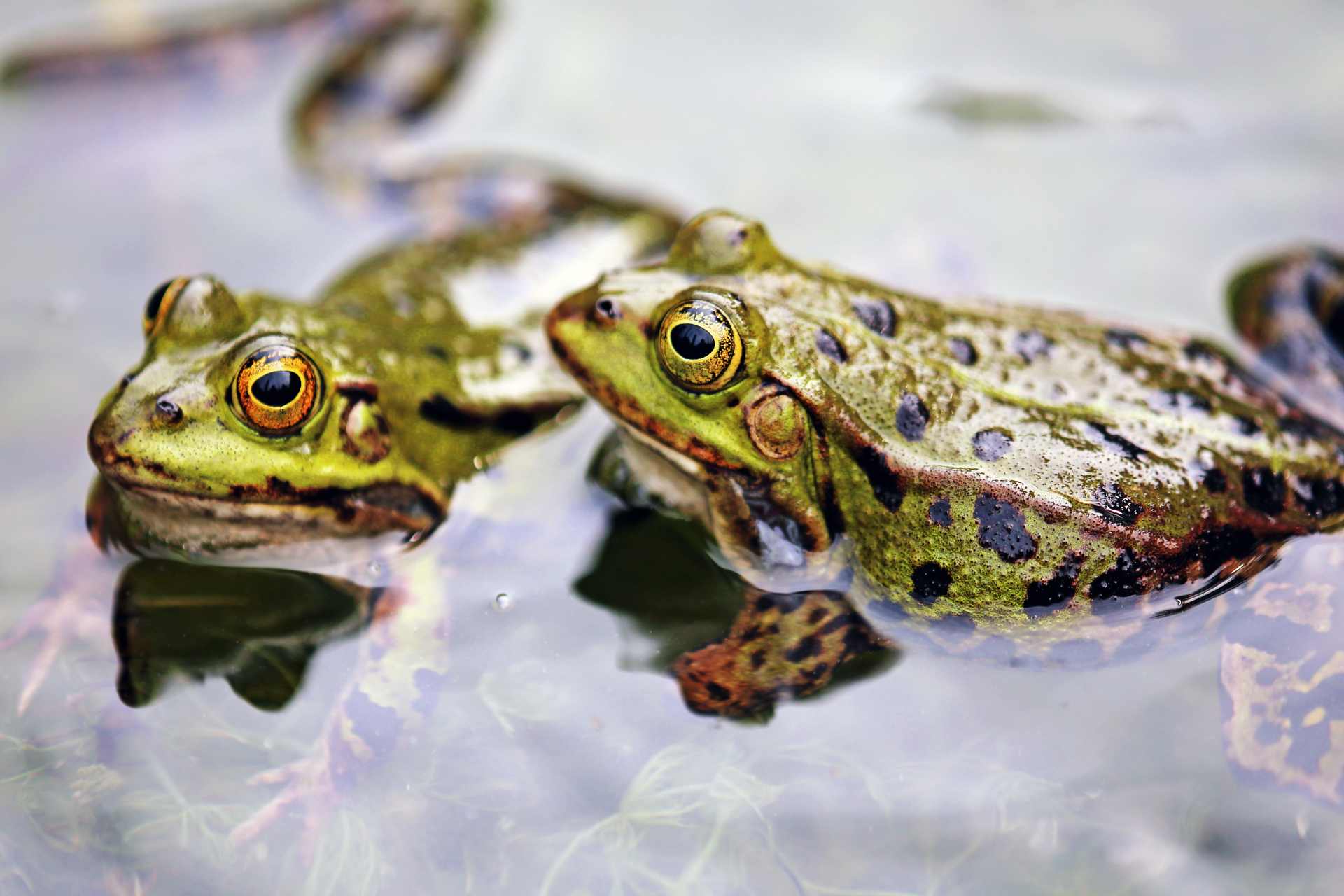It was the kind of sound you only notice once it’s gone.
Every evening, the frogs would sing from the pond just beyond the hedge line—croaking and clicking through the night like clockwork. But one evening, the chorus stopped.
“I thought it was odd,” said a resident who lives beside a golf course in suburban Auckland. “At first I thought it was just a quiet night. But then days passed. No frogs. And I noticed something else—the weeds and grass around the pond were starting to brown and die.”
Had the groundskeepers sprayed? Was it glyphosate? And more to the point—had the frogs died, or simply fled?
What Are We Spraying Near Our Homes?
Golf courses are often marketed as green spaces—natural sanctuaries nestled among residential suburbs. But that manicured perfection comes at a cost. Behind the scenes, a cocktail of herbicides, fungicides, and pesticides is routinely applied to keep fairways spotless and putting greens pristine.
Glyphosate-based weedkillers like Roundup® are among the most common tools of the trade. Used along fence lines, water features, cart paths, and roughs, these chemicals often end up not only on weeds—but in the waterways and habitats surrounding them.
The public is rarely warned when these applications take place. And for neighbours—both human and animal—the side effects may go unnoticed… unless you’re listening.
Why Frogs Matter
Frogs are more than just background noise. They’re what scientists call bioindicators—creatures so sensitive to environmental changes that their absence often signals something is wrong.
With skin that readily absorbs chemicals and a life cycle that bridges both land and water, frogs are particularly vulnerable to herbicide exposure. Glyphosate, especially in its commercial formulations with added surfactants, can be harmful or even lethal to amphibians—particularly in aquatic or riparian zones like golf course ponds.
One University of Pittsburgh study using outdoor mesocosms found that Roundup® caused an 86% decline in tadpole mass, and even killed up to 86% of juvenile frogs in laboratory overspray tests. Other studies have documented developmental delays, disrupted behaviour, and habitat abandonment even after low-level exposure.
In short: if the frogs are gone, we should be asking why.
What About New Zealand Golf Courses?
New Zealand has hundreds of golf courses, many nestled close to homes, schools, or wetlands. Yet there is little public transparency about what chemicals are used to maintain them—or when.
Spray logs are not typically made public. There are no mandatory warnings issued to nearby residents. And signage is often missing or unclear.
We don’t know if glyphosate was definitively used at the pond in question. But the resident’s observations mirror what others around the world have reported: glyphosate spraying near water features often results in the rapid disappearance of frogs and other small wildlife.
In New Zealand, glyphosate spray drift has already raised concerns about off-target harm to both people and ecosystems.
Could It Be Something Else?
Possibly. Frogs can disappear for a number of reasons—habitat disruption, climate, predators, disease. But the timing here is what raises red flags.
One day: frogs.
Next day: silence.
A few days later: visible herbicide damage around the pond.
That’s more than a coincidence. That’s a potential case study in the unacknowledged impact of chemical spraying in shared environments.
And it’s not just surface exposure—glyphosate aerosol drift can remain airborne for hours or even days, meaning frogs could be affected without ever touching the ground.
What You Can Do
If you live near a golf course or suspect herbicides are being used nearby:
- Ask questions. What’s being sprayed? When? Are there safer options?
- Push for transparency. Councils and golf clubs should publish spray logs and notify nearby residents.
- Advocate for change. Support alternatives like steam, foam, or manual weeding—especially near water.
- Document what you see. If you notice sudden wildlife changes, take photos, record dates, and share your observations.
Golf courses don’t have to be ecological deserts. With care and commitment, they can support biodiversity—not destroy it.
Final Thought
The sudden silence of frogs might not make headlines—but it should make us pause. When living things quietly vanish, they leave behind a question:
What else are we losing without even realising it?
Resources & Further Reading
The disappearance of frogs might seem like a small event—but it echoes much louder when you consider what it represents. These resources offer deeper insight into how glyphosate and other chemical herbicides may be reshaping our ecosystems in ways we rarely see—until it’s too late.
Atrazine and Glyphosate More Harmful Than Scientists Once Thought
EcoWatch
This study highlights research linking glyphosate to hormonal and reproductive disruptions in frogs—such as feminization of males and reduced sperm counts in amphibians and humans.
Impacts on Amphibians
A summary from Beyond Pesticides notes that amphibians experience rapid population declines—around 3.7% per year—as a result of pesticide exposure via skin absorption, contaminated soil, and water.
Pesticides Drift & Wildlife
Pesticides sprayed on golf courses can drift into adjacent habitats, contaminating waterways and impacting amphibians through direct contact or runoff.
Golf Course Aquatic Effects
Historic reports highlight that golf course pesticides have harmed aquatic organisms—anxiety for frog populations—is a consistent concern.
Dublin Ditches Glyphosate: A Public Green Goes Chemical-Free
A success story of how a city rethought its weed control strategy.
https://nomoreglyphosate.nz/dublin-ditches-glyphosate/
When we lose frogs, we’re not just losing a sound in the night—we may be losing an early warning system. The more we understand these ripple effects, the better equipped we are to demand change and protect what remains.
Image Source & Attribution
We’re grateful to the talented photographers and designers whose work enhances our content. The feature image on this page is by PantherMediaSeller.




